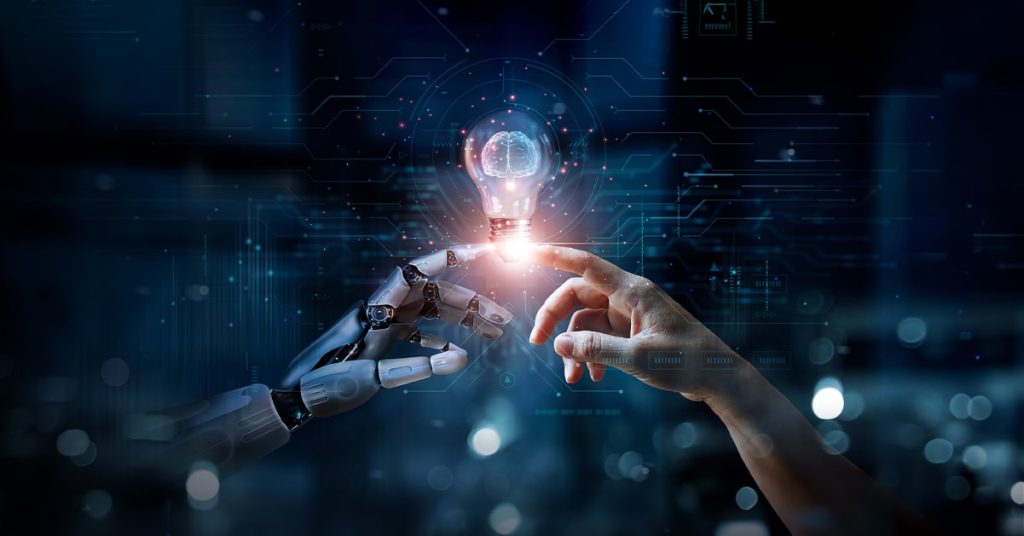In the face of natural disasters, emergencies, and humanitarian crises, the rapid and effective coordination of resources and response efforts is critical to saving lives and mitigating the impact on affected communities. Artificial Intelligence (AI) is increasingly playing a pivotal role in disaster response and management, offering innovative tools and solutions to enhance preparedness, response, and recovery efforts.
One of the primary applications of AI in disaster response is in predictive analytics and early warning systems. AI-powered algorithms analyze vast amounts of data from various sources, including satellite imagery, weather forecasts, and historical disaster data, to identify patterns and predict potential hazards such as hurricanes, floods, wildfires, and earthquakes. By providing early warnings and forecasting the trajectory of disasters, these AI tools enable authorities and humanitarian organizations to implement preemptive measures, evacuate at-risk populations, and allocate resources more effectively, ultimately saving lives and reducing the impact of disasters.
Moreover, AI is revolutionizing situational awareness and decision support in disaster response operations. AI-powered platforms equipped with geospatial analysis capabilities can integrate data from multiple sources, including sensors, drones, and social media feeds, to generate real-time maps, visualize disaster-affected areas, and identify areas of greatest need. This enhanced situational awareness enables responders to prioritize their efforts, coordinate logistics, and deploy resources more efficiently, facilitating a more effective and coordinated response to disasters.
In addition to predictive analytics and situational awareness, AI tools are transforming damage assessment and recovery efforts following disasters. AI-powered image recognition and computer vision algorithms can analyze satellite imagery and aerial photographs to assess the extent of damage to infrastructure, buildings, and natural landscapes in disaster-affected areas. By automating the process of damage assessment, these AI tools enable authorities and relief organizations to quickly assess the scale of the disaster, prioritize response efforts, and allocate resources for rebuilding and recovery.
Furthermore, AI is enhancing communication and coordination among response teams and affected communities during disasters. AI-driven chatbots and virtual assistants can provide real-time information, answer frequently asked questions, and offer support to individuals seeking assistance or information in the aftermath of a disaster. Additionally, AI-powered natural language processing (NLP) algorithms can analyze social media feeds and emergency calls to identify urgent requests for help or reports of critical incidents, enabling responders to prioritize their efforts and provide timely assistance to those in need.
As AI technology continues to advance, its potential to improve disaster response and management will only continue to grow. However, realizing the full benefits of AI in disaster response requires collaboration and coordination among governments, humanitarian organizations, tech companies, and local communities. By harnessing the power of AI tools for predictive analytics, situational awareness, damage assessment, and communication, we can build more resilient and responsive disaster management systems that are better equipped to protect lives and livelihoods in the face of emergencies and disasters.

